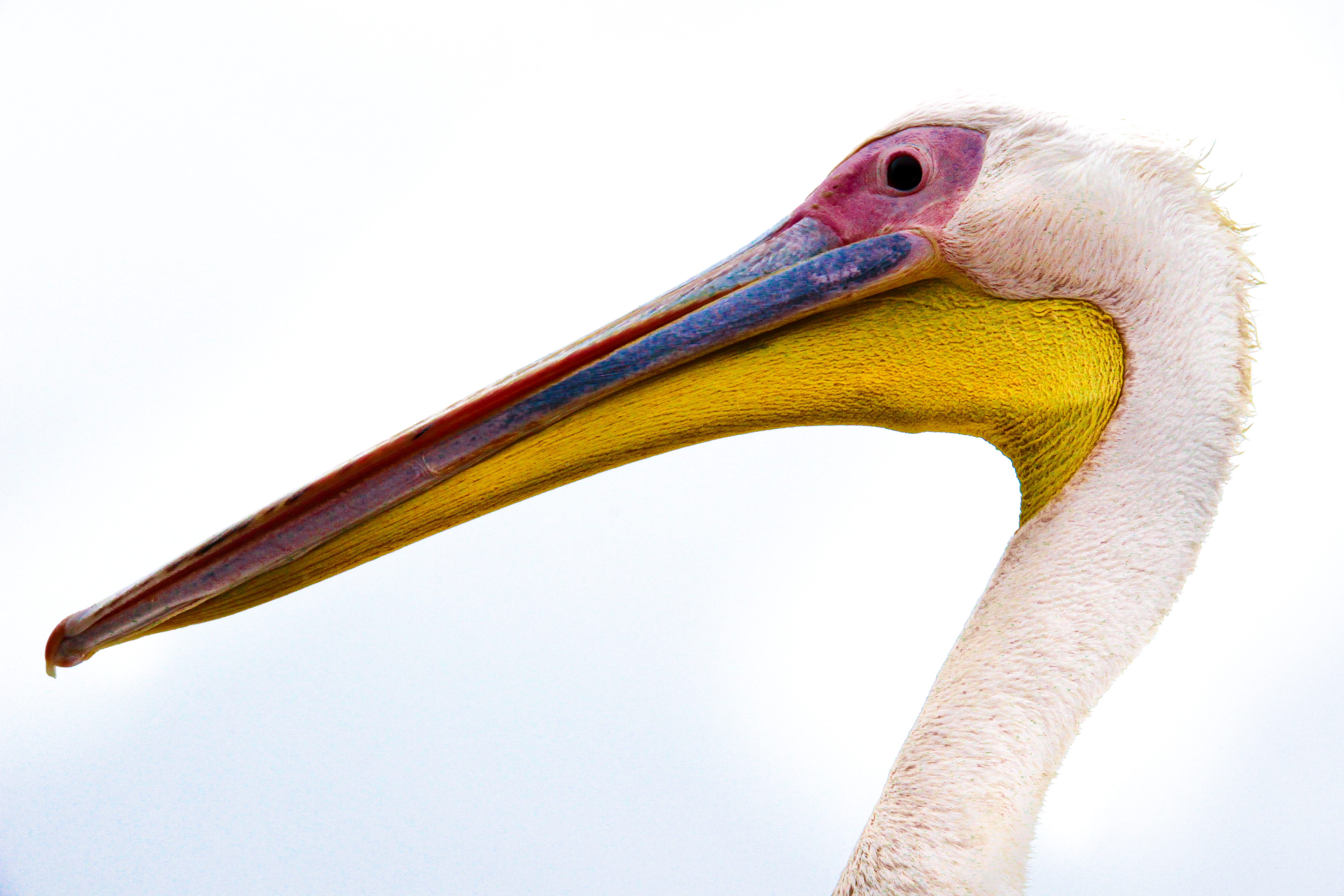A biodiversity crisis

On 22 May, the world will celebrate the International Day for Biological Diversity. It provides a chance for us to reflect on the profound role nature plays in our lives. It provides the food, fresh water, and clean air that we need to survive. Nature also helps protect us from flooding and the other effects of extreme weather and a changing climate.
This year, International Day on Biodiversity falls just two weeks after the release of the Intergovernmental Panel on Biodiversity and Ecosystem’s (IPBES) Global Assessment on Biodiversity and Ecosystem Services. It confirms what we’ve also heard from numerous other recently released reports. Over the past 50 years, we have destroyed half of the world’s tropical forests, degraded 40 percent of all land, and promoted unsustainable land use that led to one quarter of greenhouse gas emissions. Today, over one million species are threatened with extinction. In short, nature — our planet — and humankind — are in trouble.


Many of the UN Sustainable Development Goals are tied to the health of our planet, meaning that if we do nothing, the decline foreseen by these reports will have cascading negative effects. The converse is also true. Investing in actions to conserve nature will also enhance the livelihoods of the over three billion people who depend on healthy soils, forests, and fisheries for their well-being. Protecting forests could improve water security by 10 percent for more than 3,200 cities around the world, at a cost of less than US$2 per person annually. These types of actions will also help nations deliver on their commitments to international agreements such as the 2030 Agenda for Sustainable Development and the Rio Conventions, which include the UN Biodiversity Convention (CBD), UN Climate Convention, and UN Convention to Combat Desertification.

Identifying where to act
But how can governments identify where to act to protect, restore, and management nature with limited resources? Policymakers often rely on out-of-date national data or global data at coarse resolutions that conceal more than they reveal. To change this story policymakers need reliable and timely data on biodiversity, its benefits to mankind, and the pressures affecting its decline. They also need tools to use this information to identify actions that deliver on their national biodiversity and sustainable development priorities.



At UNDP, we support policymakers to do just this. In 2019, 196 nations will submit a Sixth National Reports on the status of nature and ecosystem services to the UN Biodiversity Convention. As an essential part of this process, we created the UN Biodiversity Lab to give policymakers spatial data to report on nature. Through this project, we have had an unparalleled opportunity to work with decision makers to produce maps and data on the condition, trends, and threats to ecosystems.
A new biodiversity framework
As we look forward to 2020, when the world will agree on a new global biodiversity framework, UNDP is collaborating with the CBD Secretariat, UN Environment, NASA, scientists, and policymakers to use to use these data to identify the specific steps governments can take to help transform this biodiversity crisis into an opportunity for cohesive sustainable development. Our goal is to provide governments with tools to prioritize areas where they can take action protect, restore, or sustainably use nature-based solutions that benefit both people and the planet.



The recent IPBES Global Assessment says, “Loss of biodiversity is not only an environmental issue, but developmental, economic, security, social and moral issue as well.” We need to use the results from national reports on biodiversity, and the multitudes of global reports on the status of our planet, to demonstrate the importance of nature to sustainable development. We must also more effectively communicate the costs of our inaction in terms of lost ecosystem goods and services, and the negative impact on our wellbeing. Using data to guide these discussions is an important first step in improving national efforts to protect and restore nature. The time to act is now.
Christina Supples is Senior Technical Advisor, Sixth National Reports to the Convention on Biological Diversity, UNDP.
Annie Virnig is UN Biodiversity Lab Co-ordinator, UNDP.
Photo Editing by Rico Cruz, photography intern at UNDP New York.

